Top 3 Benefits of Plant Diversity on Your Ranch
For farmers and ranchers considering a transition to regenerative agriculture, there may be no more important consideration than increasing plant diversity.
In fact, there may not be a more important biological principle for ALL food production than increasing diversity.
What can diversity do for you? If you are a plant, it does many positive things. As non-mobile organisms, plants rely upon other plants and soil organisms to access and exchange nutrients, warn of pest invasions, fight off disease and attract beneficial insects.
Just as humans typically function better in groups with regular social interactions and communication, it’s the same with plant communities. Adding diversity also happens to be one of the six soil health principles.
Here are just the top three of many benefits of plant diversity for ranchers.
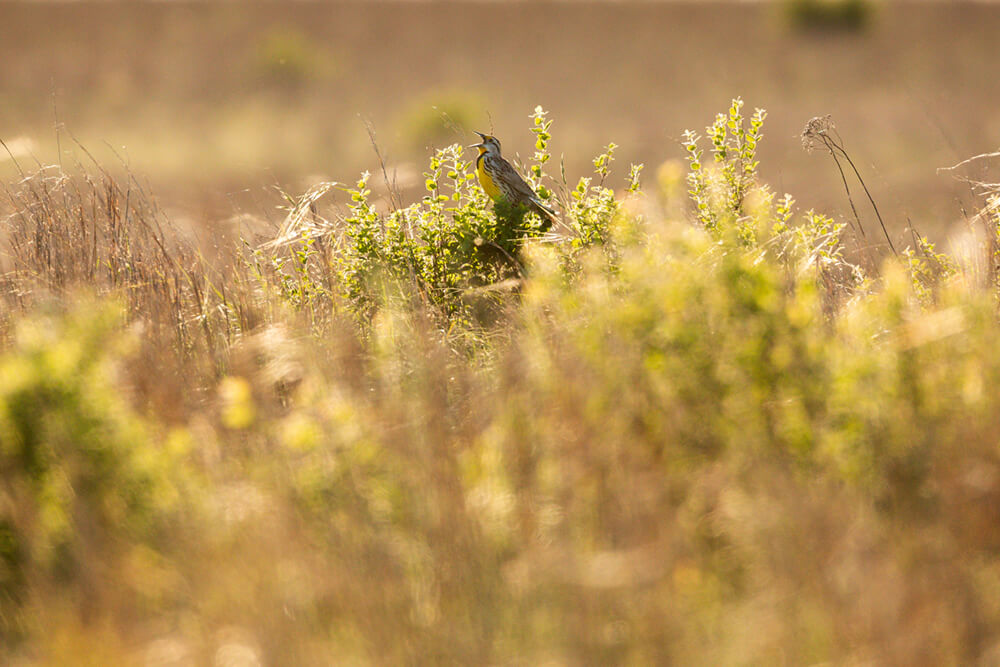
1. Soil microorganism support means more biomass
One of the most overlooked benefits of plant diversity happens below the soil surface in the rhizosphere, the area in the soil where complex biochemical activity connects plant roots, microorganisms and fungi. In a plant community with a diversity of species, plant roots produce a greater variety of compounds released by roots, called exudates (sugars, proteins, amino acids and vitamins).
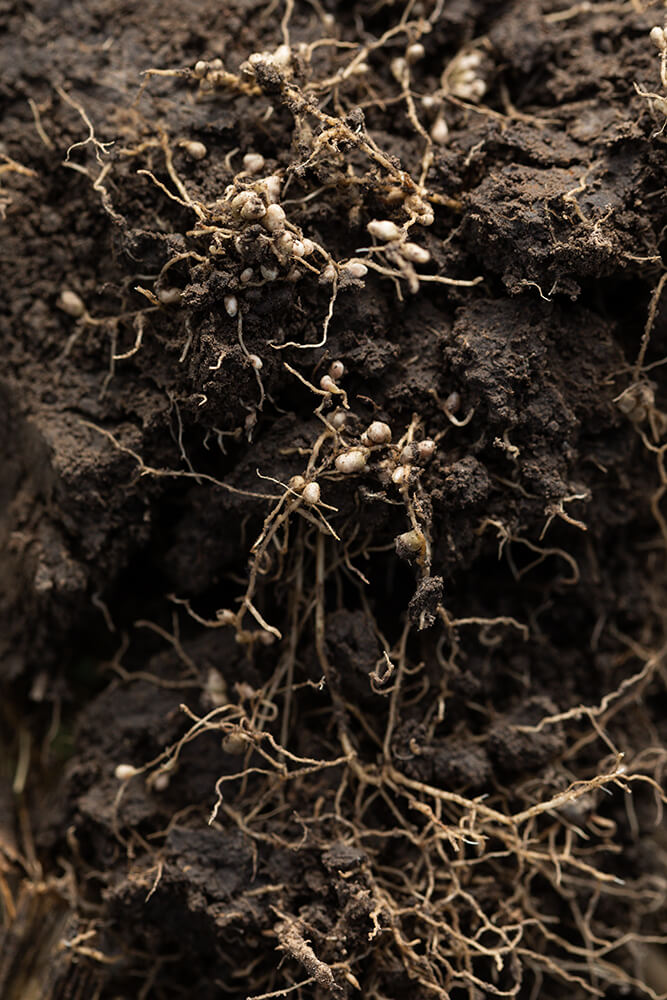
Why is that important?
Having a diversity of plant species in forages produces a wider variety of exudates, which enables the microbes feeding on the exudates to make more nutrients available for the plants in the pasture or field. More nutrients in usable form increase plant growth, which results in more grain, forage and biomass.
The chemical processes and exchanges that take place in the rhizosphere between plant roots, bacteria, fungi and other microorganisms are still mostly a mystery.
But we do know that just like humans are healthier when eating a balanced, nutrient-rich diet, the soil community is healthier with a diversity of root compounds. Soil bacteria use energy derived from soil carbon to transform organic and inorganic molecules into plant-usable nutrients
The association between plant roots and fungi may be one of the most important symbiotic relationships in nature. We know most plants associate strongly with arbuscular mycorrhizal fungi (AMF). These fungi protect plants from pathogens and provide critical regulation of water and nutrient uptake. Studies show AMF can increase both nitrogen and phosphorus concentrations within plant tissues (Smith et al. 2009), and increase or decrease plant biomass (Johnson et al. 1997).
Clearly, AMF strongly influence plant production. A diverse plant community will increase the number of plant-AMF associations, thereby increasing biomass, increasing forage and increasing profit!
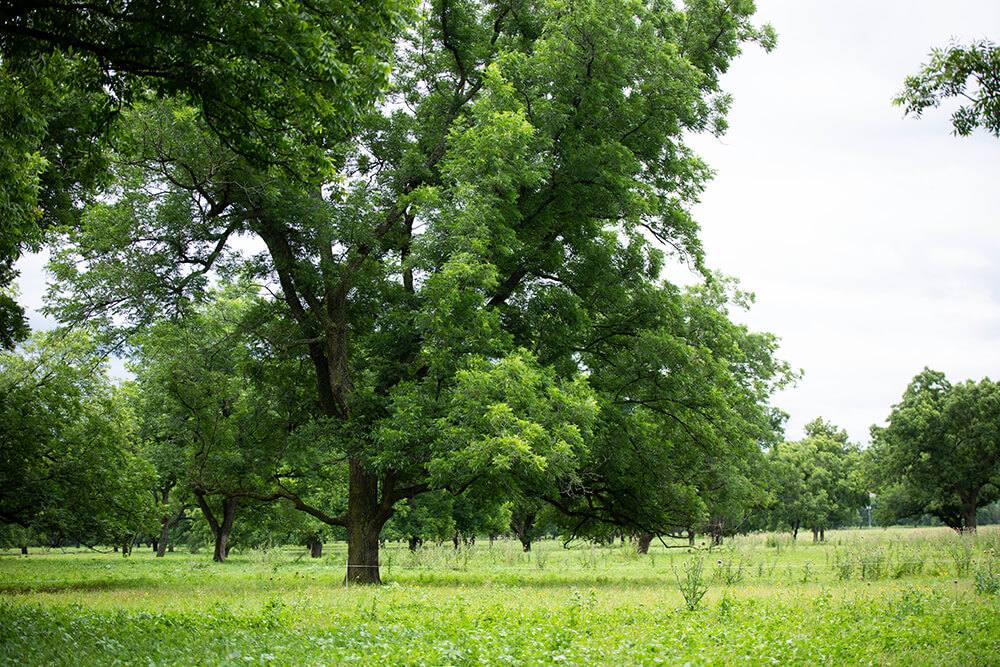
2. Ecosystem services reduce the need for human intervention
A diversity of plants can provide what are termed “ecosystem services.”
This broad term principally means the benefits a natural system provides to humans, like clean air, water and soil. Whether it’s the North American prairie, a rainforest in Central America or an Eastern U.S. temperate forest, diverse ecosystems normally have several species that flower through the growing season, attracting pollinators and other beneficial insects. This benefit to the entire plant community is an ecosystem service.
Nearly 97% of the insects identified worldwide are considered beneficial or benign. That means the 3% of insects considered harmful have plenty of predators and competition for resources, if we invite such beneficials to the party.
When harmful insects attack, robust plant communities can mitigate the damage through inter-plant communication pathways. Plants can “warn” their neighbors by producing and emitting chemicals into the air or through their roots. Neighboring plants can then send their own signals that deter damaging feeding by the insect; make physiological changes to deter feeding; or produce a chemical to attract a predator of the harmful insect. If enough members of the target plant species can “arm” themselves against the attack, then the damage can be reduced or stopped.
When we reduce the number of species in the ecosystem through tillage, insecticide/herbicide applications or overgrazing, we hamper the plants’ potential to naturally reduce or eliminate the damaging insect(s). In fact, when we grow monocultures of a particular crop or forage, we are likely giving pests a tremendous advantage by eliminating their natural competition for resources or habitat.
In monoculture operations, farmers and ranchers are left with few alternatives other than using crop protection products. But if enough diversity exists in the plant community, then target plants have a fighting chance to attract a predatory insect to keep the damage below economic thresholds, allowing the producer to save the money that would have been spent on a crop protection product. This also reduces the amount of pesticides in the human environment.
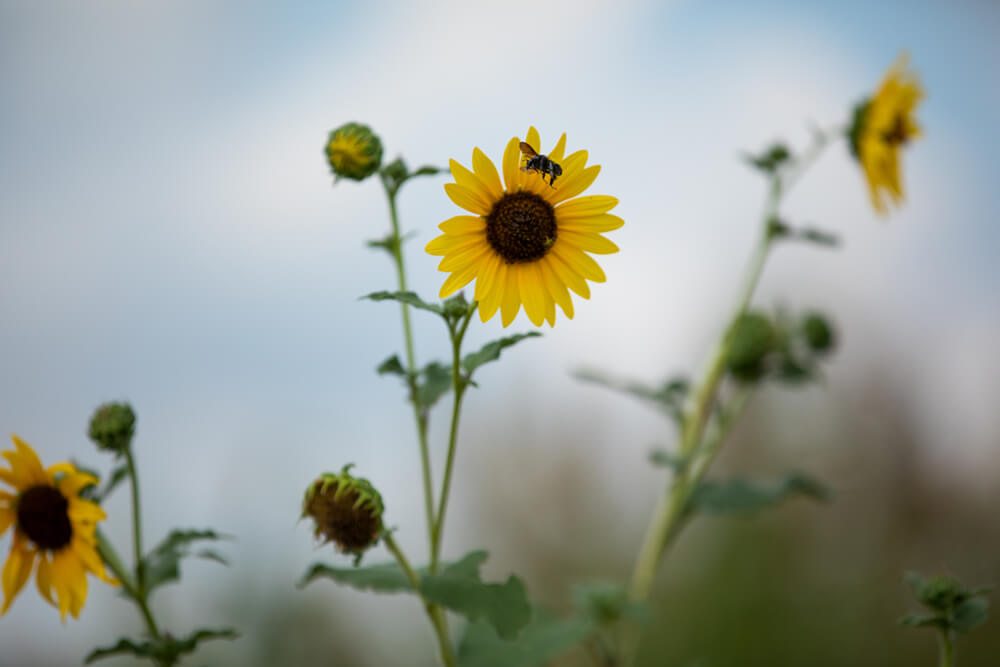
3. Animal health gets a boost
When investing money for retirement, we are often told to diversify our portfolio so we can weather market fluctuations and take advantage of high markets in bonds, stocks or managed funds. We can look at plant community diversity for domesticated livestock in the same way. Livestock can manage and adjust to local pasture conditions for nutritional needs or avoid/reduce health issues through choices in diet, i.e., diversity.
Ruminant animals evolved in a diverse landscape where they had the choice of grasses, forbs, shrubs and trees, giving them a balanced diet. They were able to get their primary nutrients, carbohydrates and protein from native forages.
They also ingested small amounts of biochemical compounds like phenols, carotenoids and terpenes which aided in digestion, provided antioxidants and reduced gastrointestinal parasite load. The diverse plant community and animal selectivity provided a balanced diet and additional health benefits.
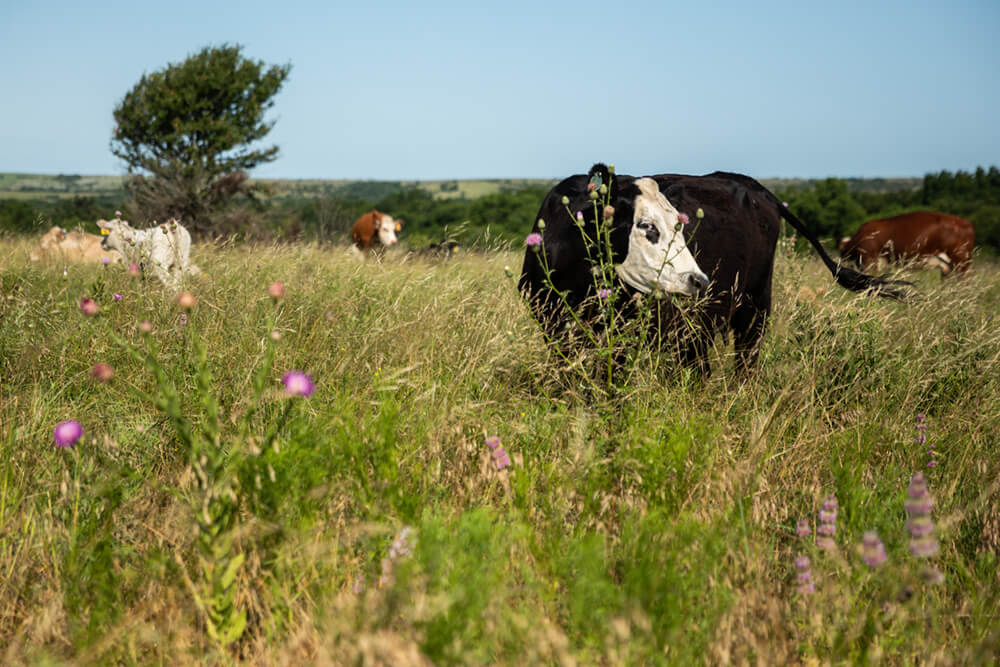
On today’s ranches, a diverse and balanced grazing diet can provide livestock with supplemental antioxidants to combat oxidative stress. Such stress can result in reduced growth, reproductive losses, decreased immunity and increased susceptibility to parasites.
Oxidative stress in ruminants can be caused by a few factors, including demands by the animal’s body, excessive heat and disease. When the animal has more oxidants in its system than the body can regulate, damage can occur to critical biological molecules such as lipids, proteins, DNA and RNA.
Many of our grassland plants are known to have antioxidant properties that can help counteract oxidative stress.
Three commonly found grassland species – white clover, red clover and yarrow – contain phenolic compounds with antioxidant benefits. Alfalfa is high in carotenoid compounds, again providing antioxidants. With a diverse number of species available to them, livestock can be selective in what they eat, and choose plants to provide the therapies they need.
Think about taking steps to increase and foster plant diversity as one form of investment for the farm and ranch as the transition to regenerative principles are put in place. There are plenty of other principles, practices and investments to be made, but none are likely more important than diversity in plant community.
Works cited
Johnson, N. C. , Graham J. H., and Smith F. A.. 1997. Functioning of mycorrhizal associations along the mutualism‐parasitism continuum. New Phytol. 135:575–586.
Smith, F. A. , Grace E. J., and Smith S. E.. 2009. More than a carbon economy: nutrient trade and ecological sustainability in facultative arbuscular mycorrhizal symbioses. New Phytol. 182:347–358.

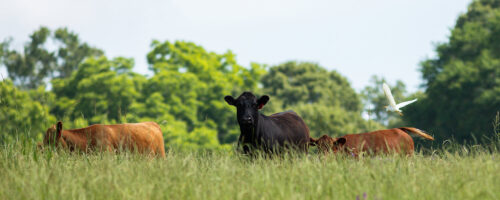
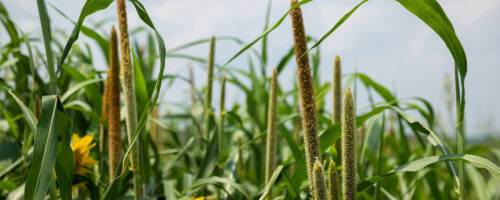
Comment